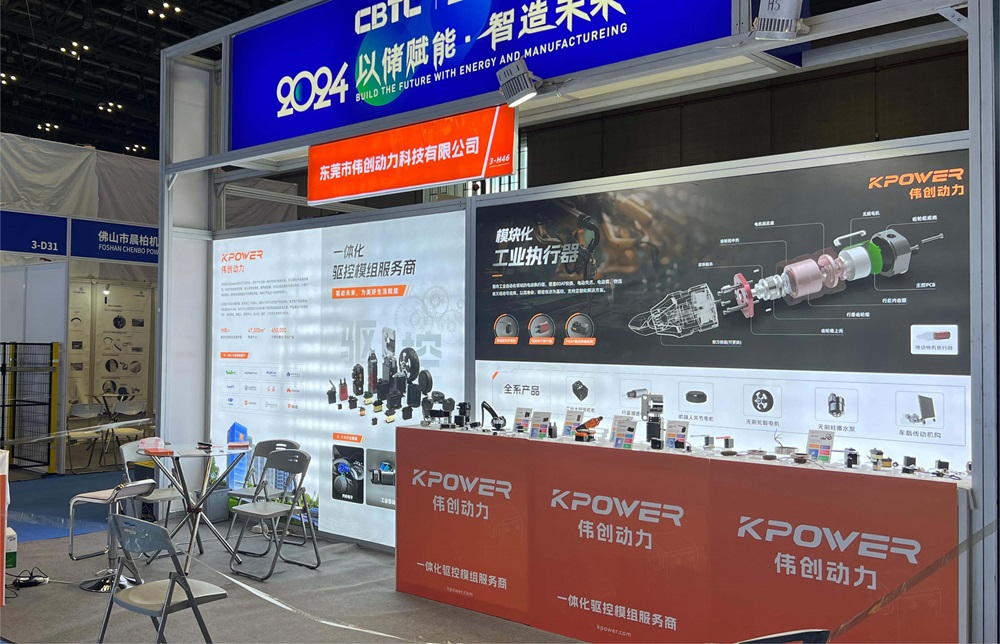Switching gears to microservices architecture in .NET Core—it's like building a house where each room is a standalone unit, yet they all come together to make something bigger. You start with the idea of breaking down a monolith into smaller, manageable chunks that are easier to deploy, scale, and modify. But how do you actually do that?

First off, the foundation. .NET Core is fantastic for this because it’s lightweight, cross-platform, and super flexible. Imagine developing different microservices as creating tiny specialized tools—say, one handles user authentication, another manages product listings, and a third takes care of payment processing. Launching these small, independent services changes your whole approach from a monolithic step to a more modular, agile process.
The magic lies in designing these services to communicate efficiently. RESTful APIs are the go-to here—they're simple, standard, and compatible across languages. You need to think about how services will interact: synchronous calls, maybe some event-driven messaging using queues for high decoupling? That choice depends on your specific needs, but the key is keeping services loosely coupled.
Security and data integrity are crucial too. Think about implementing JWT tokens for secure API calls or using OAuth. Fine-tuning this allows your microservices to remain independent but interconnected securely. Imagine customers logging in from multiple devices—your system needs to handle that seamlessly, keeping everything synchronized without sacrificing performance.
Deployment is another puzzle piece. Containerization enters the scene with Docker, making the deployment of microservices straightforward and consistent—no more "It works on my machine." Azure Kubernetes Service or other orchestrators are the cherry on top, allowing you to manage scaling and rolling updates without breaking a sweat.
What about troubleshooting? Microservices, while powerful, can turn into a maze if logging and monitoring aren’t in place. Tools like Application Insights or distributed tracing systems show you what's happening under the hood—pinpointing issues fast, avoiding endless guessing.
And then comes versioning. When a new feature arrives, you can deploy it without waiting for the entire system to catch up—no more bottlenecks. This agility means you can respond quickly to market demands or fix bugs on the fly, keeping the customer experience smooth as butter.
Ever wondered how different companies manage millions of users with microservices? They don’t do it overnight. It’s a gradual transformation—building piece by piece, refining as they go. Just like assembling a complex Lego structure, start with the core, keep everything organized, and layer in new features as you go.
So, creating microservices with .NET Core isn’t a magic trick. It’s about thoughtful architecture, choosing the right tools, and getting comfortable with a bit of chaos—because that chaos can turn into your biggest advantage. If you’re thinking about making a move to microservices, remember: it’s more about the journey than the destination. And with the right approach, your software can become faster, more reliable, and a real game-changer.
Established in 2005, Kpower has been dedicated to a professional compact motion unit manufacturer, headquartered in Dongguan, Guangdong Province, China. Leveraging innovations in modular drive technology, Kpower integrates high-performance motors, precision reducers, and multi-protocol control systems to provide efficient and customized smart drive system solutions. Kpower has delivered professional drive system solutions to over 500 enterprise clients globally with products covering various fields such as Smart Home Systems, Automatic Electronics, Robotics, Precision Agriculture, Drones, and Industrial Automation.




































